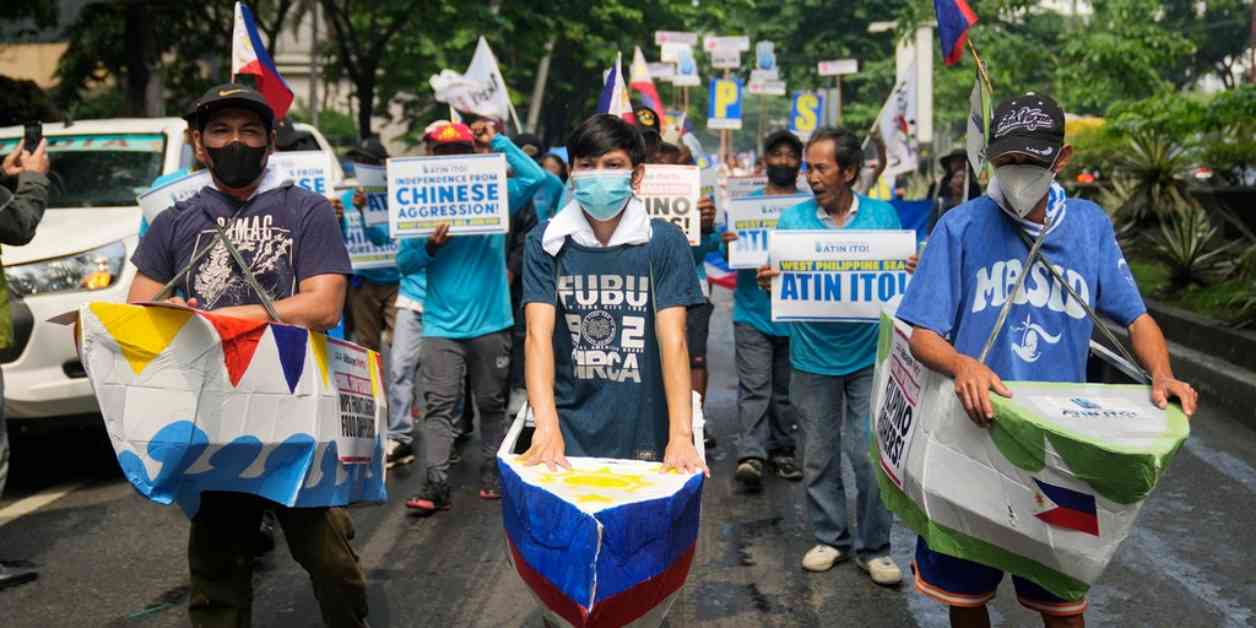China and the Philippines have been involved in a number of clashes in the South China Sea, which China claims as its own. This is part of a larger pattern of disputes that China has with several other countries in the region, including Vietnam, Taiwan, Malaysia, and Brunei. These conflicts have been escalating as China continues to expand its military presence in the area.
One of the key issues at stake in these disputes is access to valuable resources such as fishing rights and undersea oil reserves. There is also the possibility of establishing military outposts in the region, which has raised concerns among neighboring countries and the United States. President Joe Biden has pledged support for the Philippines, a treaty partner of the U.S., which has added to fears of a potential wider conflict if tensions continue to escalate.
The most recent incident involved a collision between a Chinese vessel and a Philippine supply ship near the disputed Spratly Islands. The Chinese coast guard claimed that the Philippine ship had entered waters near the Second Thomas Shoal, a submerged reef in the Spratly Islands that is claimed by multiple nations. The Philippine military disputed this claim, calling it “deceptive and misleading.”
In addition to this latest clash, there have been several other incidents in recent months that have further heightened tensions between China and the Philippines. These include the seizure of food dropped for Filipino naval personnel by the Chinese coast guard, the firing of water cannons at Philippine patrol vessels, and the blocking of Philippine ships by Chinese vessels near disputed areas such as the Scarborough Shoal and Second Thomas Shoal.
These incidents highlight the ongoing challenges in the South China Sea and the need for diplomatic efforts to address the underlying issues. With multiple countries laying claim to the same territories and resources, finding a peaceful resolution to these disputes will be crucial in maintaining stability in the region.




